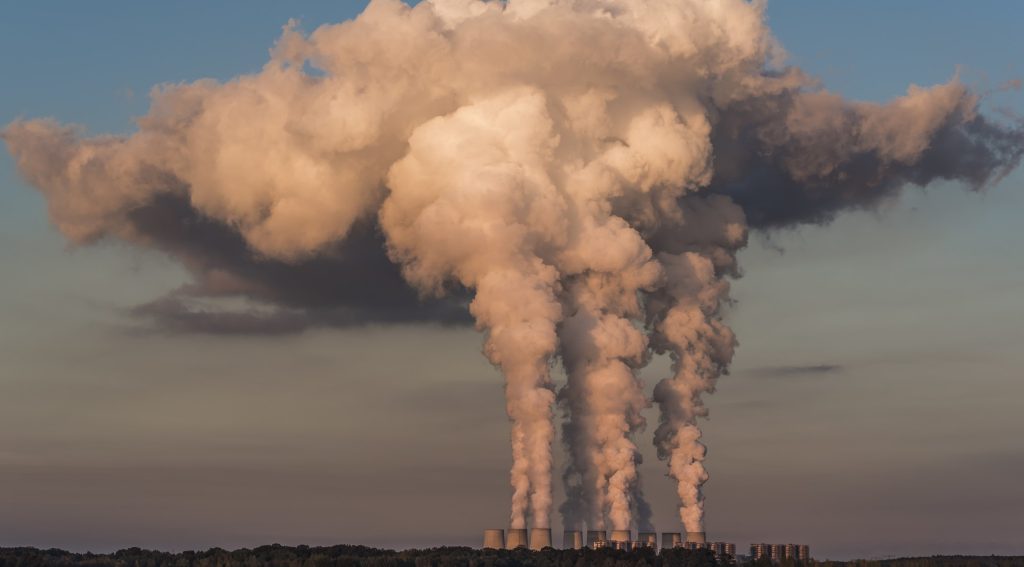The global market for Carbon Capture, Utilization & Storage (CCUS) technologies is projected for significant expansion, with demand expected to surge from $3.4 billion in 2024 to $9.6 billion by the end of 2029. This impressive growth, representing a compound annual growth rate (CAGR) of 23.1% during the forecast period, is highlighted in the latest study from BCC Research.
The comprehensive report delves into the dynamics of the global CCUS market, presenting market size in both value (USD millions) and volume (thousand metric tons).
Key Growth Drivers:
Government support for carbon capture projects, increasing demand from the oil and gas industry for enhanced oil recovery, and increasing focus on carbon credits and several factors that are fueling this substantial growth:
Growing demand for carbon-neutral products: Driven by increasing sustainability goals, heightened consumer awareness, and regulatory pressure to reduce carbon footprints, the demand for carbon-neutral products is a significant catalyst.
Rise of CCUS hubs: The emergence of integrated CCUS hubs is accelerating large-scale carbon capture efforts by connecting industries, infrastructure, and storage solutions in key regions.
Renewed momentum around CCUS projects: Stronger climate policies, ongoing technological advancements, and increased investments in decarbonization are reinvigorating CCUS projects globally.
Synergies with carbon dioxide removal (CDR) technologies: The collaborative efforts of CCUS and CDR technologies, combining capture, storage, and direct air removal, are paving the way for deeper decarbonization solutions.
Interesting Market Insights:
The report uncovers several noteworthy trends and developments within the CCUS landscape:
Cost reduction focus: R&D efforts in CCUS are heavily concentrated on reducing costs, particularly in carbon capture, which currently accounts for approximately 75% of total capital expenditure. The U.S. Department of Energy (DOE) aims to lower carbon capture costs to under $40 per ton by 2025 and an ambitious $30 per ton by 2035.
Regional leadership in utilization: China and Japan are leading the way in CO₂-based polymer production, outperforming Western firms in R&D for utilizing captured carbon in the chemical industry.
Cement industry adoption: The cement industry has recently embraced CCUS, with Heidelberg Materials Brevik pioneering the effort with a 0.4 MTPA capture capacity. The sector is anticipated to scale up rapidly, reaching 16.5 MTPA by 2030.
Significant emissions reduction potential: According to the International Energy Agency (IEA), CCUS could contribute to 25% of emissions reductions in iron and steel, 63% in cement, and over 80% in fuel transformation by 2050, highlighting its critical role in achieving climate goals.
Market Segmentation and Dominant Segments:
The report segments the market by technology (pre-combustion, post-combustion, and oxy-fuel combustion), service (carbon capture, transportation, storage, and utilization), and industry (oil and gas, power generation, chemical and petrochemicals, and others including cement, iron and steel, hydrogen, and ammonia).
The carbon capture segment is projected to dominate the service market over the forecast period, while the oil and gas segment is expected to remain the largest in terms of industry.
North America holds the largest market share, driven by a strong presence of prominent technology suppliers, robust technological infrastructure, surging demand for CCUS technologies, and increasing carbon capture capacity, particularly in the bioenergy sector.













